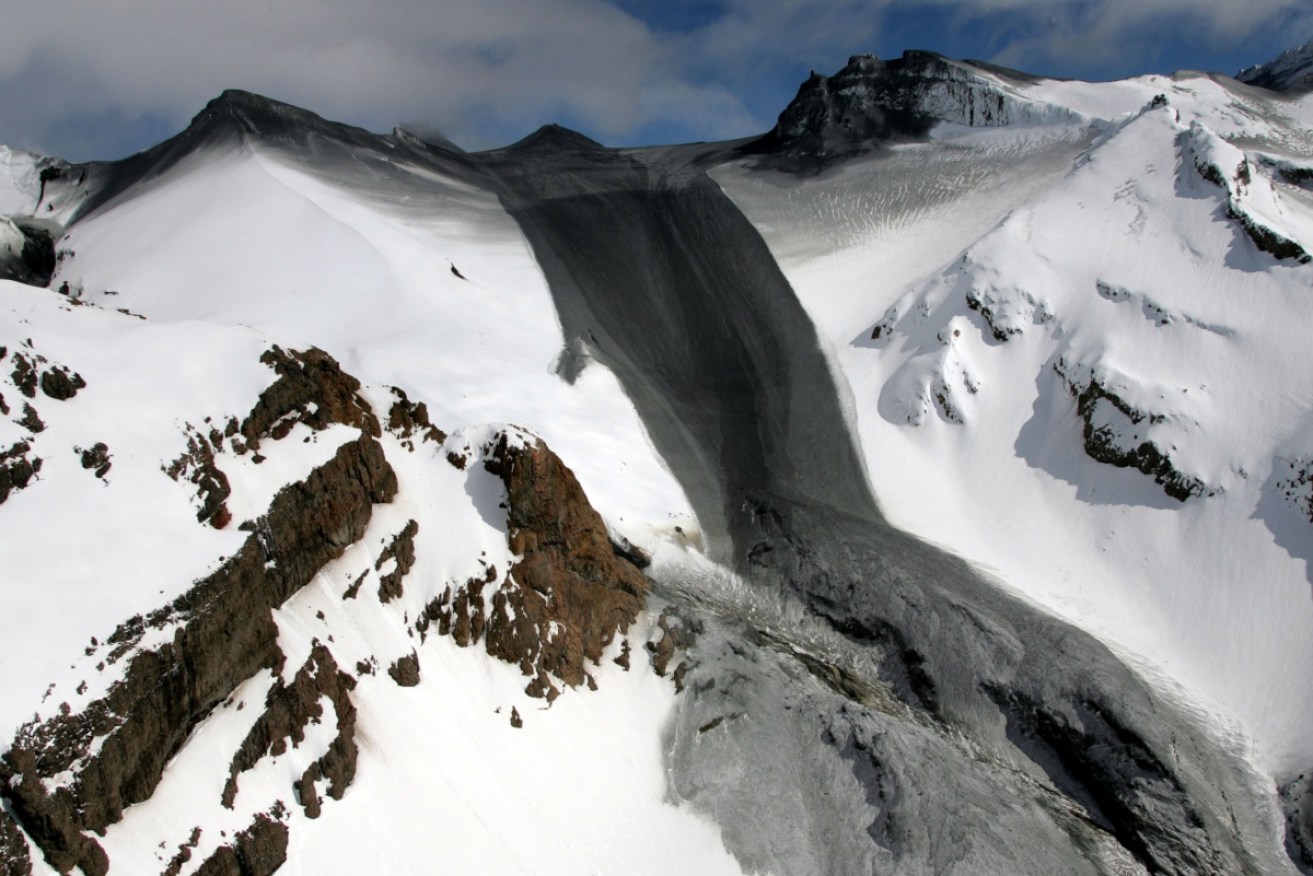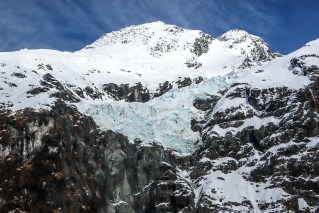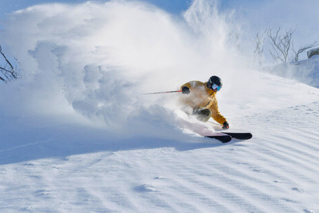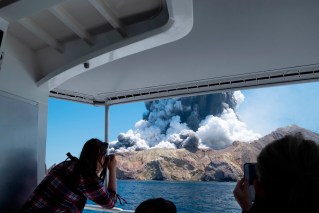NZ volcano Ruapehu tremors continue

Recent unrest has prompted NZ authorities to upgrade Mount Ruapehu's alert level. Photo: AAP
Climbers have been banned from the summit of New Zealand’s Mount Ruapehu as tremors reach the highest level in more than a decade, but volcanologists still say an eruption is unlikely.
The heightened unrest has prompted monitoring agency GNS Science to upgrade Ruapehu’s alert level.
The elevation to alert level two took place on March 20, when the crater lake’s temperature was measured at 31C.
The lake is now bubbling at 37C, with sulphur slicks on of the surface.
Victoria University of Wellington geophysics professor Martha Savage said the activity this month was the most active Ruapehu has been since minor eruptions in 2007.
“There appears to be magma moving around … I’ve looked at the seismic records and there is definitely a lot more tremor and small earthquakes than there usually is,” she said.
In considering the likelihood of an eruption, Dr Savage last week said “the bottom line is, I would not let my children climb Mt Ruapehu”.
“The next day the Department of Conservation put a two-kilometre exclusion zone around the summit. So presumably they’ve agreed with me,” she told AAP.
The DOC also warns Kiwis not to spend long stretches of time in the adjacent “summit hazard zone”, and not to camp or linger in valleys which may see volcanic mudflows known as lahar.
“You can be swept into the lahar and drown, rocks and boulders in the flow can cause injury or death”, the DOC advisory reads.
GNS Science volcanologist Agnes Mazot said the temperature in the crater lake hit 38C last week, but rainstorms reduced the temperature.
“It’s still really strong,” she said of the tremors occurring around 100 metres below the lake.
“We’ve had a few different type of tremor. There was high tremor and low tremors, a pulsing. In the last week, it’s been all high tremors. We think it is coming from gas emissions.
“We don’t really know how long it will last. The most likely thing is it will continue for now.”
Predicting eruptions with certainty remains a challenging scientific endeavour, and GNS Science’s latest advisory says the most likely outcome would be no blast.
It says the chances of a prolonged and larger eruption with ashfall, as last occurred in 1995-96, “is higher than it was two months ago but remains very unlikely”.
“No eruptions have followed unrest in the past 15 years. However, there is also a possibility of a single or multiple eruptions that could impact the summit area and generate lahars into some catchments draining off the volcano,” the GNS Science advisory read.
Ruapehu has erupted 10 times since 1861.
A 1953 eruption produced New Zealand’s worst rail disaster, when a lahar destroyed a bridge over the Whangaehu River minutes before a locomotive arrived.
Unable to stop in time, several carriages spilled into the river, killing 151 passengers.
– AAP








